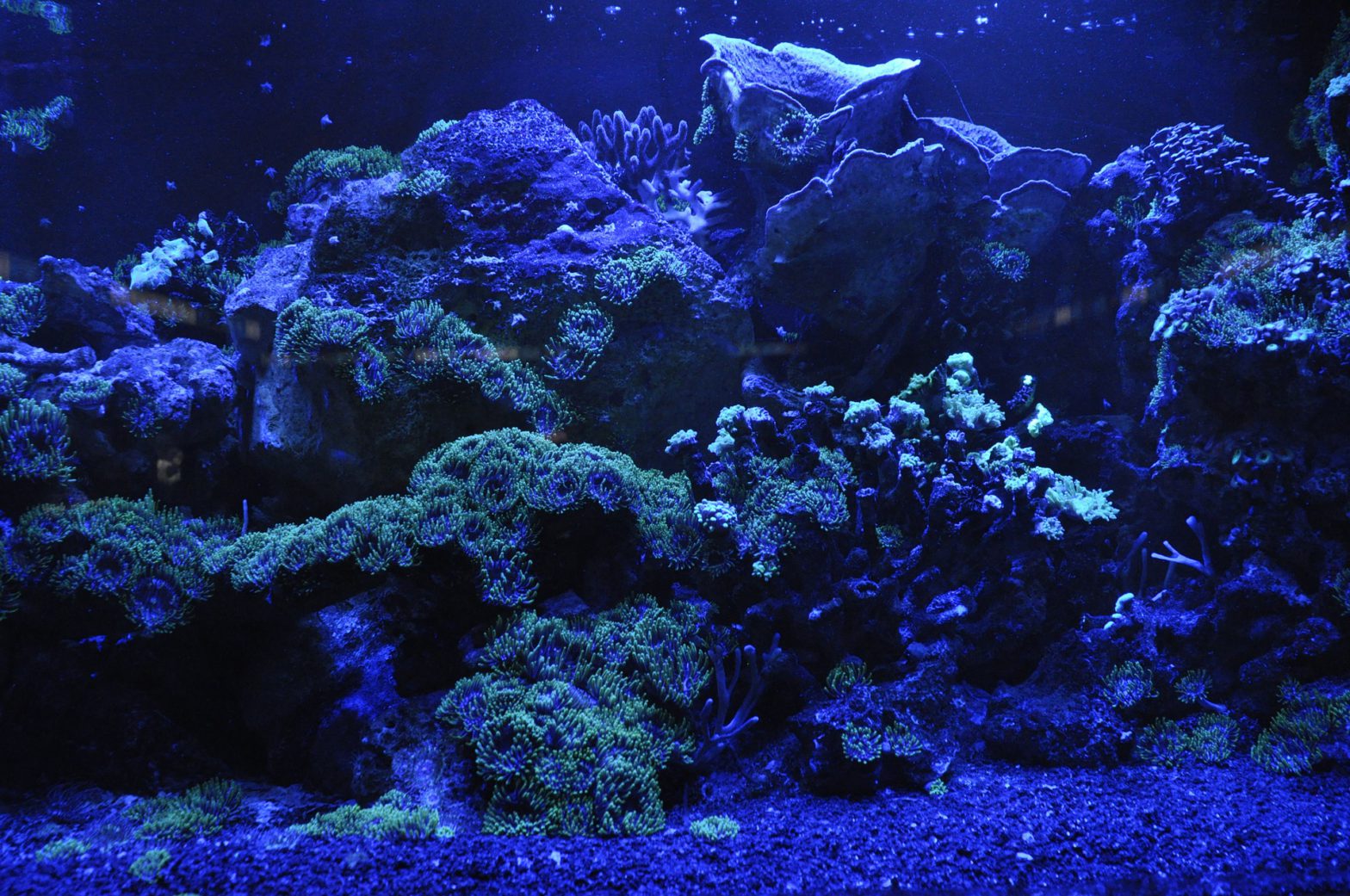Microsoft deployed an underwater datacenter to see if how it would compare to a datacenter on land. The results will change the way we look at technology for a long time.
Microsoft Corporation has been in the news quite a bit lately. They’ve had a couple of incidents with its Office, Teams and Azure services. They launched Azure Communication Services. They are collaborating to pioneer change in accessibility features. And now they’ve proven that an underwater datacenter isn’t only viable, but it’s better.
The concept for this project came about in 2014 at Microsoft’s Think Week, an event which brings employees together to come up with out-of-the-box ideas. The thought was that an underwater datacenter could provide super speedy cloud services to coastal people while saving energy. According to Microsoft’s website, more than half of the world’s population lives within 120 miles of the coast. So, if datacenters can be placed underwater near coastal cities, the shorter distance data travels to customers results in faster speeds with smoother experiences across all platforms, including streaming and gaming.
Enter Project Natick. The project saw Microsoft’s team collaborate with Naval Group, Green Marine and European Marine Energy Centre on the manufacturing, design and deployment of the datacenter. The first test was in 2015, when they proved a datacenter could be viable after a 105-day test. In 2018, phase II of the project began when the team deployed the Northern Isles datacenter to 117 feet deep in the ocean. The underwater datacenter would be monitored for the next two years.
From Microsoft: “The team hypothesized that a sealed container on the ocean floor could provide ways to improve the overall reliability of datacenters. On land, corrosion from oxygen and humidity, temperature fluctuations and bumps and jostles from people who replace broken components are all variables that can contribute to equipment failure.”
Let’s suffice it to say their hypothesis was confirmed, which will likely have implications for land-based datacenters going forward.
The idea of an underwater data center is fundamentally amazing. Data centers are incredibly expensive to cool, have serious fire suppression issues, flood issues, natural disaster concerns and security concerns. If an underwater datacenter can continue to scale and work, they are naturally cooled, essentially inside a vacuum so the risk of fire is low, and there’s no additional power required to keep the machines at a lower temperature This means that servers are faster, too, with no corrosion and lower heat. Add in the difficulty of someone physically breaking in (they’d have to figure out how to NOT flood it if they can dive down there) and it’s solving a handful of problems. The biggest remaining issue is maintaining security around the connections to it. But this problem already exists on land, so it’s not a new or additional drawback.
“We are populating the globe with edge devices, large and small,” said William Chappell, vice president of mission systems for Azure. “To learn how to make datacenters reliable enough not to need human touch is a dream of ours.”
Microsoft has touted itself as a leader in information technology, and lately they’ve been living up to it. They are innovative, creative and doing their best to look for ways technology can help different aspects of life. The accessibility features projects are going to prove to be hugely beneficial to people with varying forms and degrees of disabilities. Their underwater datacenter opens doorways for green technology, energy efficiency, server longevity and even doors to avenues not directly related to their end goal. This discovery will change the way that datacenters run and operate, likely resulting in more efficiency and lower costs for businesses across the globe. Who doesn’t want that?

